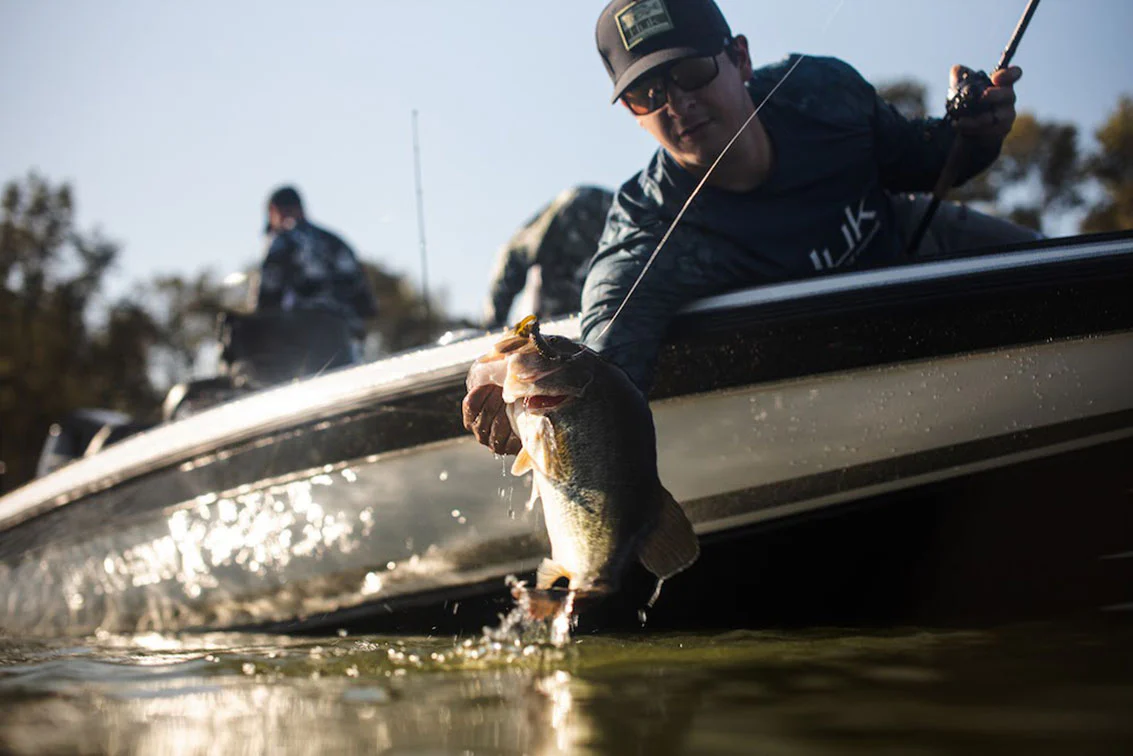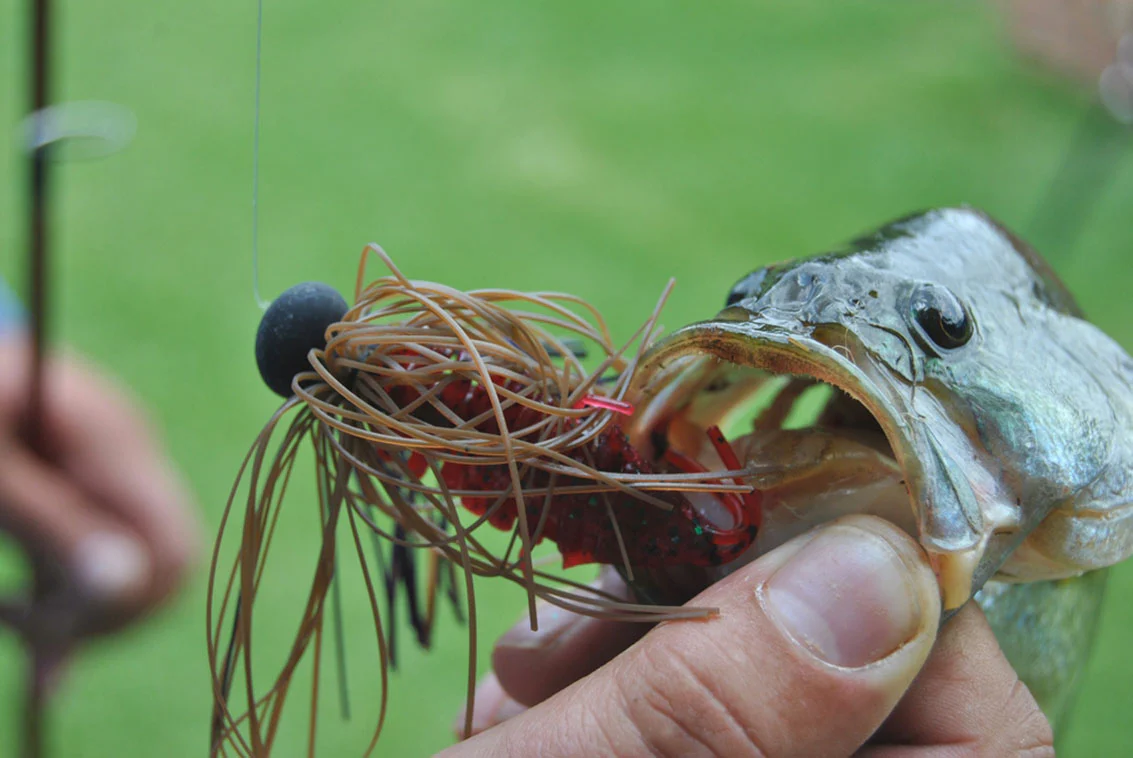Jigs are a favorite among anglers for a reason – they’re versatile, easy to use, and effective for a wide range of fish. They can be your secret weapon for bass, walleye, and even saltwater species. But to unlock their full potential, you need the right jigging techniques. Here’s a breakdown of the basics and some key jigging styles to elevate your fishing game.
Jigging 101: The Fundamentals
Jigging mimics the erratic movements of an injured baitfish, triggering predatory instincts in fish. A jig itself is a simple lure – a lead weight molded together with a hook, often adorned with a soft plastic body. Unlike spinnerbaits that work horizontally, jigs move vertically through the water with sharp jerks of your rod.
Getting Started:
- Cast and Sink: Begin by casting your jig and letting it sink to the bottom. Feel for the weight hitting the bottom, or count a few seconds to ensure it’s reached its target depth.
- The Jigging Motion: The basic jigging motion involves lifting the rod tip sharply and then letting the jig fall back down. Vary the direction – try snapping upwards, sideways, or side-to-side – mimicking a fleeing baitfish or crawling crustacean. As you move the rod, reel in some slack line to stay connected.

Essential Jigging Techniques:
Now that you’ve mastered the basics, let’s explore some specific jigging techniques for different situations:
1. Swim Jigging:
This modern technique is all about creating a realistic swimming pattern. Here’s the lowdown:
- The Jig: Use a lightweight (under ½ oz) swim jig with a minimal weed guard and a bullet-shaped head for smooth gliding.
- The Retrieve: Cast your jig into weedy or rocky areas where bass might be hiding. Vary your retrieve speed; a slow and steady pull with occasional jerks is ideal. Avoid retrieving too fast, or the jig will rise out of the strike zone.
2. Flipping Jigs:
Flipping jigs, also known as Arkie jigs, excel in shallow, weedy or brushy cover.
- The Jig: Look for a flipping jig with a large hook, compact head, and a robust weed guard. Tungsten versions are available for areas with lead bans.
- The Presentation: Drop your jig into pockets in the weeds or near rock outcroppings. Keep some slack in your line and use sharp lifts of the rod tip to hop the jig along the bottom, imitating a crawfish scuttling for cover.
3. Football Jigs:
These jigs are perfect for targeting post-spawn bass with unpredictable behavior.
- The Jig: The key feature of a football jig is its head shape – tapered at both ends, resembling a football. The hook is typically light and thin for easy penetration.
- The Drag: Unlike other jigging techniques, dragging is the preferred method here. Slowly drag the jig across the bottom, causing it to wobble and imitate a walking crawfish.

Jigs: Your All-Season Weapon
Jigs are a must-have lure for any angler’s tackle box. With a little practice and the right technique, you’ll be jigging your way to success in no time. So grab your favorite jig, get out there, and “Get Jiggy With It!”
Images/Source: HukGear





